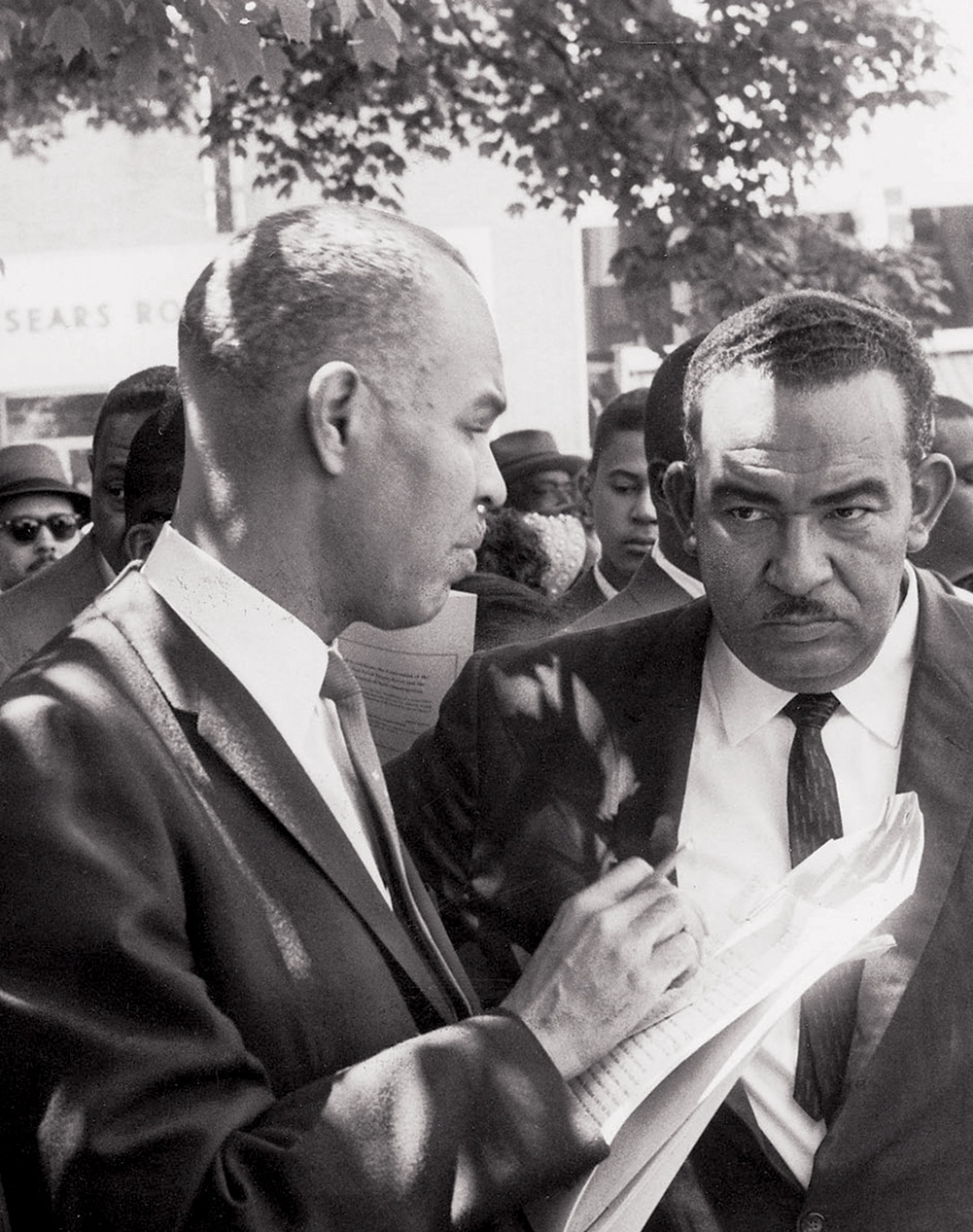RESOURCES
PEOPLE
Roy Wilkins
1901-1981
Roy Wilkins, born in St. Louis, Missouri, in 1901 and raised in St. Paul, Minnesota, emerged as one of the most effective and influential civil rights leaders of the 20th century. After earning a degree in sociology from the University of Minnesota in 1923, Wilkins began his career as a journalist and soon became active in civil rights work. He joined the NAACP in 1931, rising steadily through its ranks to become executive director in 1965. A powerful and articulate spokesman for the civil rights movement, Wilkins was known for his unwavering belief in legislative reform and his strong opposition to violence.
Wilkins’s Midwestern upbringing, academic background, and journalistic experience helped shape his steady, pragmatic leadership style. He believed that durable social change came through the rule of law and civic engagement, not through confrontation. This made him particularly effective in responding to crises that required both national visibility and strategic discipline.
One such crisis was the closure of public schools in Prince Edward County, Virginia. From 1959 to 1964, local officials shut down the entire public school system rather than comply with court-ordered desegregation, leaving Black students without access to formal education for five years. Wilkins, as leader of the NAACP, was deeply involved in challenging this injustice. On May 21, 1961, he joined civil rights attorney Oliver Hill and local leader Reverend Francis L. Griffin at a mass meeting in Farmville, Virginia, to protest the continued school closures. The rally drew over 1,000 people and marked the seventh anniversary of Brown v. Board of Education, reinforcing the national significance of the struggle.
Wilkins’s presence at the Farmville protest highlighted the NAACP’s commitment to educational equity and helped draw national attention to the plight of Black students in Prince Edward County. His leadership contributed to the eventual 1964 Supreme Court decision in Griffin v. County School Board of Prince Edward County, which forced the reopening of the schools. That victory underscored Wilkins’s broader legacy: helping lead the civil rights movement to crucial legal and legislative victories, including the Civil Rights Act of 1964 and the Voting Rights Act of 1965. He was also a principal organizer of the 1963 March on Washington, where he stood beside Martin Luther King Jr. as one of the movement’s most respected elder statesmen.
After stepping down as executive director of the NAACP in 1977, Wilkins continued to serve as an advisor and honorary director within the organization. Though officially retired, he remained active in civil rights discussions, giving speeches, writing, and offering public commentary on issues of racial justice, education, and equality. He died in 1981 at the age of 80. His memoir was published, Standing Fast: The Autobiography of Roy Wilkins, in 1982 (posthumously), which chronicled his long career and insights into the civil rights movement.
